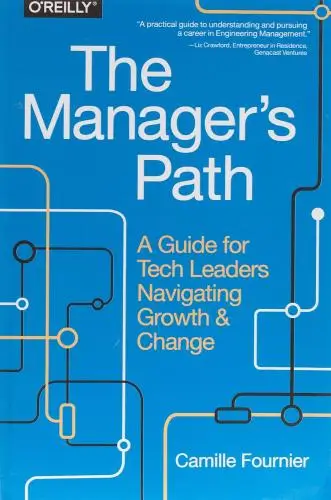
The Manager's Path
A Guide for Tech Leaders Navigating Growth and Change
What is The Manager's Path about?
The Manager's Path by Camille Fournier serves as a comprehensive guide for navigating the complexities of tech leadership. From mentoring interns to overseeing multiple teams, this book offers valuable insights for every rung of the management ladder. Fournier combines her extensive experience with practical advice, making this a must-read for aspiring and seasoned managers alike. Whether you're stepping into your first leadership role or aiming to refine your skills, it's an essential resource for understanding the nuances of effective tech management.
About the Author
Camille Fournier, a mastermind in the tech leadership arena, pens with a clarity and insight that's both rare and invaluable. Best known for "The Manager's Path: A Guide for Tech Leaders Navigating Growth and Change," she offers a roadmap through the labyrinth of tech management, from mentoring interns to navigating the peaks of CTO roles. Fournier's writing embodies a blend of personal experience and universal wisdom, making complex concepts accessible and engaging. Her work is a beacon for anyone aspiring to leadership in the ever-evolving tech landscape.
10 Key Ideas of The Manager's Path
Mastering One-on-One Meetings for Effective Communication
One-on-one meetings are crucial for building strong relationships between managers and their team members. These meetings provide a private space for open dialogue, allowing for the discussion of concerns, feedback, and personal development plans. To make these meetings effective, prepare an agenda in advance, listen actively, and ensure that the conversation is a two-way street. This approach not only helps in understanding individual team members' perspectives but also aids in identifying and addressing issues before they escalate.
Learn DeeperSchedule Regular One-on-One Meetings: Make it a priority to have these meetings on a regular basis, whether weekly or bi-weekly, to ensure consistent communication. This regularity builds trust and keeps both parties informed.
Prepare an Agenda in Advance: Before each meeting, jot down the topics you want to cover. Encourage your team member to do the same. This preparation ensures that you address all necessary points and respect each other's time.
Practice Active Listening: During the meeting, focus on truly understanding what the other person is saying. This means not just hearing their words, but also paying attention to non-verbal cues and asking clarifying questions.
Encourage Open Dialogue: Make it clear that these meetings are a safe space for honest conversation. Encourage your team members to share their thoughts, concerns, and ideas freely.
Follow Up on Action Items: If any actions are agreed upon during the meeting, make sure to follow up on them. This shows that you take the discussions seriously and are committed to making positive changes.
- Example
Example 1: A manager notices that one of her team members seems disengaged during team meetings. She schedules a one-on-one meeting, prepares an agenda that includes discussing the team member's current projects, any challenges they're facing, and their career aspirations. During the meeting, she practices active listening and encourages the team member to share openly. They identify a lack of challenging work as a key issue, and together, they plan a new project that better aligns with the team member's interests and skills.
- Example
Example 2: A team leader is preparing for a one-on-one with a new team member. He sends an email a week in advance, asking the team member to think about what they'd like to achieve in their role and any support they might need. During the meeting, the team leader uses the agenda to guide the conversation but remains flexible, allowing the team member to bring up additional points. They end the meeting with a clear set of goals for the team member and scheduled check-ins to assess progress.
Setting Clear Expectations to Foster Accountability
Clearly defined expectations are the foundation of accountability and performance. Managers should communicate what is expected from each team member, including specific outcomes and behaviors. This clarity helps employees understand their roles and how their work contributes to the organization's goals. Regular check-ins on these expectations can motivate employees, help track progress, and provide opportunities for feedback and adjustment. This strategy ensures everyone is aligned and working towards common objectives.
Learn DeeperSet Specific Goals: Begin by setting clear, achievable goals for each team member. These should align with the broader objectives of your organization. For example, if improving customer satisfaction is a goal, specify how an employee's work directly contributes to this.
Regular Feedback Sessions: Schedule weekly or bi-weekly one-on-one meetings with team members to discuss progress, challenges, and feedback. Use this time to adjust expectations as needed and recognize achievements.
Create a Culture of Open Communication: Encourage team members to voice their concerns and suggestions. This can be through regular team meetings or an open-door policy. It helps in adjusting expectations in real-time and fosters a supportive environment.
Document Expectations and Progress: Keep a written record of all expectations and any updates to them. Similarly, document progress against these expectations. This practice not only provides a reference point for discussions but also helps in evaluating performance objectively.
- Example
A project manager sets a clear expectation for a team member to lead the development of a new feature, specifying that it should be completed within three months, meet all specified requirements, and pass all tests without significant issues. Regular check-ins are scheduled to discuss progress, address any roadblocks, and adjust timelines if necessary.
- Example
A sales manager expects each team member to increase their sales numbers by 10% over the quarter. To support this, they organize weekly coaching sessions to discuss strategies, challenges, and progress. They also set up a shared dashboard where everyone can track their performance in real-time, fostering a sense of accountability and competition.
Developing a Feedback Culture for Continuous Improvement
Creating an environment where feedback is regularly given and received encourages growth and improvement. Managers should lead by example, offering constructive feedback in a timely, respectful manner while also being open to receiving feedback themselves. Encouraging team members to share feedback with each other fosters a culture of trust and continuous learning. This practice not only helps individuals to develop professionally but also enhances team dynamics and productivity.
Learn DeeperSchedule Regular Feedback Sessions: Make it a habit to have one-on-one meetings with your team members at least once a month. Use this time to discuss their progress, areas for improvement, and to give them the opportunity to share their thoughts and feedback about their work and the team dynamics.
Create a 'Feedback is Welcome' Atmosphere: Actively encourage your team to give and receive feedback by showing appreciation for honest feedback, regardless of its nature. Demonstrate that feedback is a tool for growth, not criticism.
Lead by Example: Regularly ask for feedback on your own performance from your team. Show that you take their feedback seriously by acting on it. This will help in building a culture where feedback is valued and seen as a positive force.
Implement 'Feedback Fridays': Dedicate time each week for the team to share feedback among themselves in a structured manner. This could be through anonymous feedback tools, group sessions, or peer-to-peer chats. It's a way to normalize feedback and integrate it into the weekly routine.
Offer Constructive Feedback: When giving feedback, focus on specific behaviors or outcomes, not on the person. Use the 'situation-behavior-impact' model to structure your feedback. This helps in making the feedback actionable and focused on improvement.
- Example
During a one-on-one meeting, a manager notices that an employee has been struggling with meeting project deadlines. Instead of criticizing, the manager asks about the challenges the employee is facing and together, they come up with a plan to improve time management skills.
- Example
A team leader receives feedback from several team members that meetings often run over the allotted time, making it hard for them to manage their workload. The leader acknowledges this feedback in the next team meeting, thanks the team for bringing it up, and proposes a new meeting structure to ensure they end on time.
Empowering Team Members through Delegation
Delegation is not just about offloading tasks; it's about empowering team members by entrusting them with responsibilities. This requires assessing individuals' strengths and developmental needs to assign tasks that challenge them appropriately. Effective delegation involves providing the necessary resources and support, setting clear expectations, and allowing autonomy in how the work is completed. This approach boosts confidence, develops skills, and drives engagement, while also freeing up the manager's time for higher-level strategic work.
Learn DeeperIdentify Individual Strengths and Areas for Growth: Start by having open conversations with your team members about their skills, interests, and career aspirations. Use this information to tailor delegation tasks that align with their strengths and provide opportunities for growth.
Set Clear Expectations and Provide Resources: When delegating a task, be explicit about what success looks like and the timeline for completion. Ensure they have access to the necessary tools, information, and support to succeed.
Foster Autonomy While Being Available for Support: Encourage team members to take ownership of their tasks and make decisions within their scope. However, make it clear that you are available for guidance and support when needed, fostering a balance between independence and support.
Provide Constructive Feedback and Recognize Achievements: After task completion, offer specific feedback on what went well and areas for improvement. Celebrate successes to motivate and reinforce their confidence in taking on future challenges.
- Example
A project manager identifies a team member with strong analytical skills but lacking experience in client presentations. The manager delegates the task of preparing and presenting a project update to a client, providing resources for effective presentation skills and offering to rehearse together.
- Example
An IT team leader notices a team member's interest in cybersecurity but lack of hands-on experience. The leader assigns the team member to lead a small-scale security audit project, providing access to necessary software tools and a mentor from the cybersecurity department to guide them.
Deeper knowledge. Personal growth. Unlocked.
Unlock this book's key ideas and 100+ more. Learn with quick, impactful summaries.
Read Full SummarySign up and read for free!
The Manager's Path Summary: Common Questions
Experience Personalized Book Summaries, Today!
Discover a new way to gain knowledge, and save time.
Sign up for our 7-day trial now.
No Credit Card Needed

Similar Books

The Founder's Dilemmas
Noam Wasserman
Traction
Gino Wickman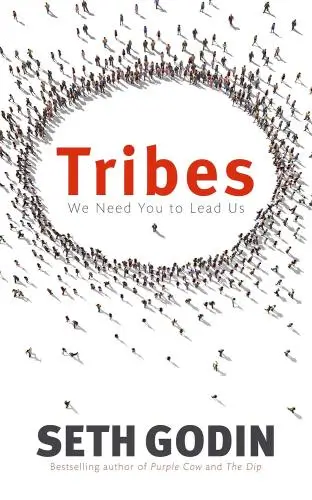
Tribes
Seth Godin
Management 3.0
Jurgen Appelo
The Goal
Eliyahu M Goldratt
Only the Paranoid Survive
Andrew S. Grove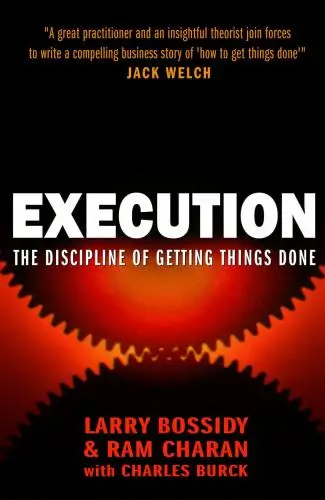
Execution
Larry Bossidy
Reinventing Organizations
Frederic Laloux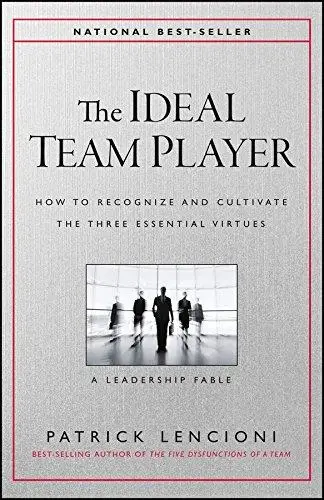
The Ideal Team Player
Patrick M. Lencioni
Multipliers
Liz Wiseman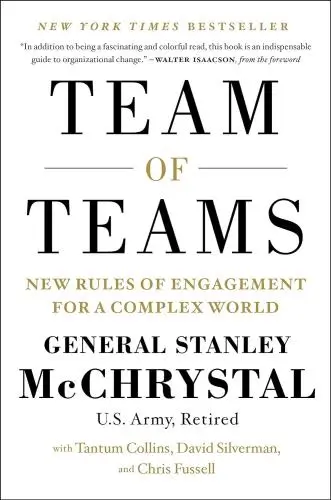
Team of Teams
General Stanley McChrystal
The Toyota Way
Jeffrey LikerTrending Summaries

Peak
Anders Ericsson
Never Split the Difference
Chris Voss
Smart Brevity
Jim VandeHei
The Psychology of Money
Morgan Housel
The First 90 Days
Michael D. Watkins
Atomic Habits
James Clear
Thinking, Fast and Slow
Daniel Kahneman
The Body Keeps the Score
Bessel van der Kolk M.D.
The Power of Regret
Daniel H. Pink
The Compound Effect
Darren Hardy
How to Win Friends & Influence People
Dale Carnegie
Eat That Frog!
Brian Tracy
The Magic of Thinking Big
David J. Schwartz
Drive
Daniel H. Pink
Essentialism
Greg McKeownNew Books

The Millionaire Fastlane
MJ DeMarco
Losing My Virginity
Richard Branson
Venture Deals
Brad Feld
48 Days to the Work You Love
Dan Miller
Anything You Want
Derek Sivers
Running Lean
Ash Maurya
Blitzscaling
Reid Hoffman
The Founder's Dilemmas
Noam Wasserman
Founders at Work
Jessica Livingston
The Startup Owner's Manual
Steve Blank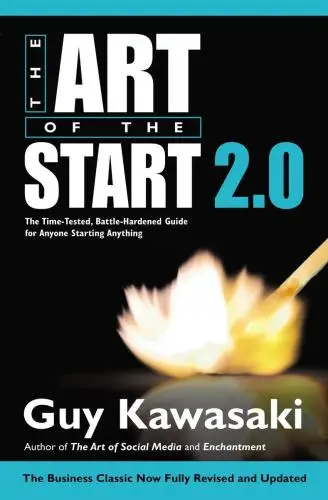
The Art of the Start 2.0
Guy Kawasaki
The Four Steps to the Epiphany
Steve Blank
Flash Boys
Michael Lewis
Crush It!
Gary Vaynerchuk
